
If you have friends who moved to Asia and you can’t figure out why, this article is for you. If you’re the one who moved to an Asian country and you have a hard time explaining why to people back home, then this article is for you too. If you’ve visited Asia and absolutely loved it, then we think we know why, so please read on. And lastly, if you’ve never visited Asia, then you should read this article to find out why you should get your butt over here without delay!
A little while back, we listed 10 things we love about Japan. But we realized that many Asian countries have similar awesome traits. So today, we’re going to expand our love and share 10 things we absolutely adore about Asia!
For simplicity’s sake, since Asia is often divided culturally rather than geographically, we’re going to limit this article to mostly East Asia and South-East Asia with an occasional deviation where credit is due. So, here are our top reasons we love living in Asia. Enjoy!
1. Food, Glorious Food!
Hands down, the best thing about Asia is the food.
From UNESCO-recognized washoku Japanese dining to Chinese stir fries, Thai Tom Yum Soup, Indian curry, Korean kimchee, and condiments from the Spice Islands, Asian food is known the world over. It’s light, so you can eat as much as you want (and not get fat!) and it’s often served on plates in the middle of the table (think sashimi or nabe) rather than everything being plopped on one plate in front of each individual, which just seems kinda selfish if you’re used to the Asian way of sharing. Here, eating is more communal, so rather than just considering your own tastes, you order what everyone likes, which adds fun and variety to the table. And not only that, you get to eat with chopsticks–how cool is that?
Once you get used to picking up food by manipulating slender elongated sticks, something inside of your previously tortured fork soul is set free because for the first time in your life, you realize you’ll no longer have to brutally stab your lettuce to get it to cooperate. From now on, you can gently tug at the lettuce leaves, squeeze them, and lift them to your mouth–ah the simple mechanics in life! Who woulda thunk it? Only the Asians woulda!
If you’ve lived in Asia for a while, the idea of eating sushi or sashimi with a metal fork probably makes you gasp or cringe. I am such a chopsticks snob now that I am convinced that food even tastes better with chopsticks; I swear there is a metallic taste that comes from using that pronged utensil. Try it yourself sometime.
Of course, not all Asian countries use chopsticks. Another option is to go local-yokel and eat with your hands! Southeast Asia brings this surprisingly practical way to sort through bony fish and to add the proper mix of spicy sauce to your rice for the perfect bite every time, and even sushi purists maintain that it should be eaten with your fingers, so there’s nothing wrong with going hands-on occasionally.
Here are some of the most common and delicious staples of Asian cooking:
- Rice–the grain provides!
There are so many different varieties of rice in Asia! From Japan’s sticky rice to Malaysia’s nasi lemak (rice cooked in coconut milk), it’s easy to see why rice is a staple food. Unlike in the West, where rice is often served as a main meal, Asia has infinite ways to bring out the awesomeness of rice: with fish on top as in sushi, inside spring rolls, as Korean bibimbap or on the side to be eaten with curry, fish, or a plethora of other mains. Rice is often served as an accompaniment to a meal rather than as the main course. Eaten the Asian way, rice can be as light as you want it to be. And so versatile are the grains, that some countries use it as a base for their local alcohol, such as Japanese sake and Southeast Asia’s arrak.
- Noodles–bring ém on!
The array of noodles in Asia is mind-boggling. From Chinese-based ramen to Japanese udon, phat Thai, glass noodles, and everything in between, noodles are supercalafragalistic no matter how they’re served: piping hot or icy cold, fried or boiled, with broth or without, or sharing a bowl with veggies or meat.
- Curries–yum!
OMG, curry! Indian curry, Bangladeshi dal, Thai coconut curry, or the sweet Japanese-style, this pungent dish is a staple in most Asian countries. On top of that, it is said to be healthy and help stave off dementia (hint–it’s the turmeric). It’s one of the most Asian comfort foods.
- Seafood–more varieties than you ever thought possible.
I grew up thinking there were only a few varieties of fish: tuna, salmon, bass, and a some shellfish. Then I came to Asia and learned to love everything aquatic! Asians eat almost everything from the sea and it’s easy to understand why–it has been steeped in a briny liquid for most of its life, so it’s got to be good! There are hundreds of varieties of fish in the sea–try them all!
- Chillies and Spicy food (that isn’t necessarily spicy).
While many Asian foods are naturally served spicy, plenty aren’t. As a matter of fact, many of the foods are only made spicy via condiments you add yourself. Japanese wasabi can be added to your sashimi in the amounts you denominate and in Indonesia, you can either use the bottle of spicy sambal on the table to liven up your food or go for the sambal asli, the home-made, freshly crushed red pepper concoction that each restaurant makes to its own taste. In most places, you can choose to either breathe fire like a dragon, or eat more conservatively, like a cat.
2. Food Vendors (ding-ding-ding!)
What comes naturally with some of the best food in the world that is enjoyed by over 2.2 billion people (another billion if you include India)? Easy access! I don’t know about you, but I prefer food that comes to me rather than me having to seek out restaurants and grocery stores. Why spend your time hunting and gathering when you can can buy from the world’s original food caterers, who bring hot, freshly prepared food to your door at affordable prices?
You’ve gotta admit that in these busy times, it’s pretty nice to hear the ting-ting-ting sound of an itinerant street vendor passing by your house or office tapping his cutlery on a glass to let you know he’s coming, or drumming a tock-tock sound on a piece of wood, or caroling down the street blaring out a recorded song like the sweet potato man in Japan sings: yaaaki iiiimo!
3. Food Stalls–the world’s original “food courts”
Perhaps the modern version of food stalls is the shopping mall food court. But imagine the the real thing, usually a gathering of stationary booths in a central place, with music blaring and people jostling for chairs and indulging in “fast food” spanning the palate from frog legs and squid balls to heartier dishes such as nasi campur, nasi lemak, chotpoti or pho noodle soup. In Taiwan it’s the night markets that attract flocks of locals for dates, dinner, snacks and bubble tea. Such collapsible food stalls, some which disappear completely during the day, are sure to be found in touristy areas such as Jalan Jaksa in Jakarta or Koh San Road in Bangkok. Stop at a stall in Tokyo’s Tsukiji Fish Market for some great local dishes.
Even Japan has licensed yattai temporary food stalls that set up on the sidewalks in winter, where behind noren curtains, ladies cook up cauldrons of oden, grilled yakitori, etc and serve draft beer. It all makes for a merry atmosphere on the sidewalk.
4. Markets–that sell everything under the sun!
Even the big cities like Hong Kong and Singapore have markets where you can buy clothing, freshly cut flowers, toiletries, shoes, baskets, anything! Need a new iPhone, a SIM card, or a new mouse for your computer? Try the market.
Markets also sell food and fresh produce and butchered meat hanging on hooks. Who needs supermarkets and superstores where food endures days on a truck before it hits the shelves and fruit is picked so young that it ripens in the crate? Why settle for store-bought when you can purchase it fresh off the vine from a local farmer? And it’s naturally organic!
Furthermore, most Asian markets expect you to haggle. A recent travel guide for tourists in Bali advised, “The best way to save money in Bali is to bargain for your goods.” Bargaining is the equalizer. Those who are poor don’t have to shell out as much as those who can afford to pay more. It’s a world of business people using a sliding scale to decide their own prices and profits.
5. Convenience Stores–stop by for an evening beer!
On the other end of the market spectrum are Asia’s amazing convenience stores, where you could almost live at the local 7-Eleven. We’ve waxed lyrical about Japan’s convenience stores before, but all of Asia seems to be clued in to the fact that offering more services increases profits. In Thailand they’ll not just sell you a sandwich, but they’ll toast it for you, in Japan you can drop off your dirty laundry, and in the Philippines the convenience stores become quasi bars at night as locals buy beers inside and sit outside on the terrace to party. In Hong Kong, the expats are known to go convenience store bar hopping via this method. In Taiwan, the 7-Eleven serves great coffee and many students go there to study and use the free Wi-fi.
6. All Creatures Great and Small
▼A stray dog waits under the table of an outdoor restaurant, hoping for table scraps. Who could resist?
Of course Asia has cool animals such as elephants, pandas and orangutans. Unfortunately, several countries exploit animals for Chinese medicine and the rain forests are being chopped down at an alarming rate, leaving animals such as orangutans without their natural habitat. But it’s hard not to notice how tolerant the Asians are of homeless animals. Every convenience store in Thailand has a stray dog that inhabits the front step, knowing people will feed it a treat now and then. Stray cats are tolerated in Japan. Cows roam the streets in India. This is all part of normal everyday life and such animals are seen as having a right to exist, rather than as something unsightly that needs to be rounded up and put in a gas chamber. In response to a recent spate of rabies in Bali, rather than sending out the dog-catcher to gather the mongrels and put them down, the authorities inoculated the wandering pooches against rabies and gave them red collars! It’s a touching idea to let animals live, even if they represent an inconvenience to humans. When you live in Asia, you develop a soft spot for these animals who, although they live a tough life, they often still lead a happy one.
7. Politeness
▼Asia is big on warm smiles
While the Japanese may be known for their politeness, deference is built into many Asian cultures. It’s encountered in the Asian languages via grammatical forms and verb declinations designated for those of either higher status or who are more senior. As a guest in their country (and even foreign residents are treated as guests), Asians address you in the formal style. We are amazed at the salesperson who walks us to the item we are looking for in the store rather than just giving us an isle number or waving us in the right direction. We are addressed with “Yes, sir” and “Thank you, ma’am.” Low voices and subdued hand gestures are used, such as using the whole hand to point to something rather than the more accusatory finger. Whereas I might shake someone’s hand and then casually put my hands in my pockets thereafter, the Balinese shake hands then touch that hand to their heart as a gesture of good will. Most Asians will put their hands together, begging forgiveness, when apologizing.
Asians tend to not raise their voices when they are angry and outright displays of anger are considered childish. When upset, as much as they may want to stomp out of a store in anger or berate the clerk, they don’t. Instead, they just walk away, dignity intact. Call it shoganai or mai pen rai, but it’s an admirable trait. Rather than looking to pick a fight, Asians would rather seek forgiveness, because the world is a better place for it, and they know this, and live it.
And as poor as some Asian countries may be, decorum is still expected from all parts of society. I’ve seen government buildings in East-Asia that have signs reminding you to dress appropriately when you enter (no tank tops, sandals or hats). Nothing wrong with insisting on good manners, is there?
8. Respect for Elders–remember that?
Respect for elders is taught at home, within the extended family. Children are taught that their elders possess wisdom because they lived hard lives and toiled so that their children and grandchildren would have better lives. Once you live here, you start to realize the benefits of the extended family. Not that we’d want to live with our own extended families, but what if I were to tell you that such a family could save you thousands of dollars a year? Take a moment and do the math: baby-sitting, help around the house, security of living arrangements, family compounds, no mortgage. It eliminates quite a few financial problems, doesn’t it?
There is no need to send the kids to daycare, nor leave work early to look after a sick one. The benefits may outweigh the pain-in-the-butt relatives. And kids grow up knowing their grandparents and learning to respect their elders. So engrained is this respect that even rebellious teenagers don’t talk back to those older than them and they genuinely respect their opinions, even if they don’t agree with them.
9. The toilets. Yes, the toilets!
▼Sorry, but when it comes to public toilets, the squat variety just make sense!
I know you’re going to disagree with me on this one (unless you’re Asian!), but I’ve always thought the humble squat-style toilet gets an undeserved bad rap. The reason most foreigners don’t like these porcelain doozies is valid: people find it difficult to physically squat. But no matter how much you may detest these receptacles, studies show again and again that they’re healthier than Western-style sit-down toilets, and you can now even purchase special contraptions, such as the Squatty Potty, that let you use your sit-down toilet like a squat to reap the health benefits of the latter. Besides, squat toilets are simply more practical when it comes to keeping public toilets clean.
Still not convinced? How about when you hear that those who use squat toilets suffer less with hemorrhoids (the squatting position opens up your posterior orifice) and the use of water to clean yourself after (rather than toilet paper) deters urinary tract infections. Yep, those little increments left from toilet paper smears are where bacteria thrives. Everyone knows to wash their hands after using the toilet, but few know to wash their bums. And Asians think it’s pretty disgusting if you don’t. So, use the water dipper or the squirty gun next to the toilet to perform your ablutions. Now you know why the Japanese are obsessed with Toto Washlets–it’s not that they’re obsessed with Western toilets so much as they’re obsessed with hygiene. And, just for the record, squat toilets were originally used in many parts of Europe and South America as well, and can still be found there.
But the best thing is to have a choice, isn’t it? Although the Japanese tendency to provide bacterial wipes for the toilet seats in public restrooms is a step in the right direction, I’d prefer a squatter at public loos so I never have to sit on a public toilet seat. But when it comes to my home, I’d prefer a Toto-style sit-down toilet.
But you know how long it took me to discover this public toilet preference? Years! And this is what is so wonderful about living in Asia–it challenges everything we learned growing up in our own countries. In Asia, you’ll achieve paradigm shifts like this almost every day. Living here allows us to grow and expand our world view.
10. The Element of Risk–living on the edge
▼An avian couple decide to take their chances and cross the road.
As foreigners, we laugh at the safety standards that are violated every day in Asia. Even Japan has a lack of safety rails in public places. But many of these rules aren’t necessary even in our own countries; they’re merely in place to keep us from suing each other for fortunes.
Which brings us full circle as to why we love living in Asia–it’s more fun! And maybe it makes us nostalgic for a more innocent time, before the development of the nanny state, when our countries too were freer, and you took sole responsibility for the consequences of your actions. Asia reminds us of the days before we were licensed out of being able to serve street food, regulated out of driving that jalopy we could afford to drive. It wasn’t that long ago when our children could walk to school alone, when they played outside in nature, respected their elders and no one worried about locking their doors at nighttime (or daytime!).
In Asia, you can fit as many people in the back of a pick up truck as you want–because it’s your automobile. Dogs in restaurants? No problem! Chickens on the streets–Why not? Want to drink a beer outside the convenience store? Pull up a chair. Have an occasion to let off fireworks? Of course! You’re still allowed a wide berth for your own judgement here.
▼A “tricycle” in the Philippines can fit up to seven passengers hanging precariously from the vehicle.
Consider that all the wonderful, funky modes of transportation in Asia, from the tuk-tuk, bajai, bemo, bicycle rickshaw, and even horse-drawn carts–would all be illegal public transportation in Western countries! Here, it’s called “whatever works!” And we’re glad it works!
These are just some of the reasons we think Asia is such an awesome place to be! Why do you love Asia? We’d love to know, so let us know in the comments section.
Featured image: Flickr (m-louis .®)
All photos © Amy Chavez/RocketNews24 unless otherwise noted

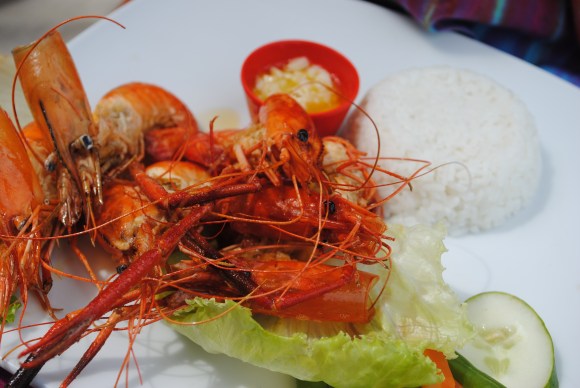
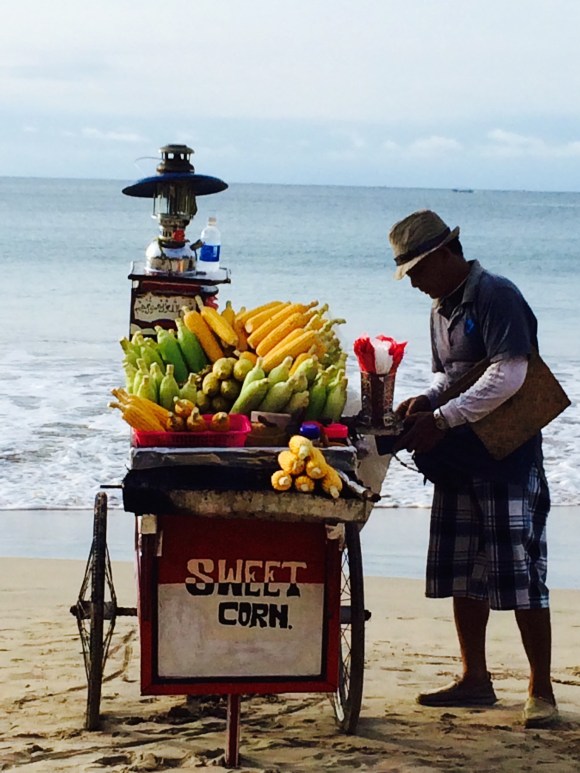
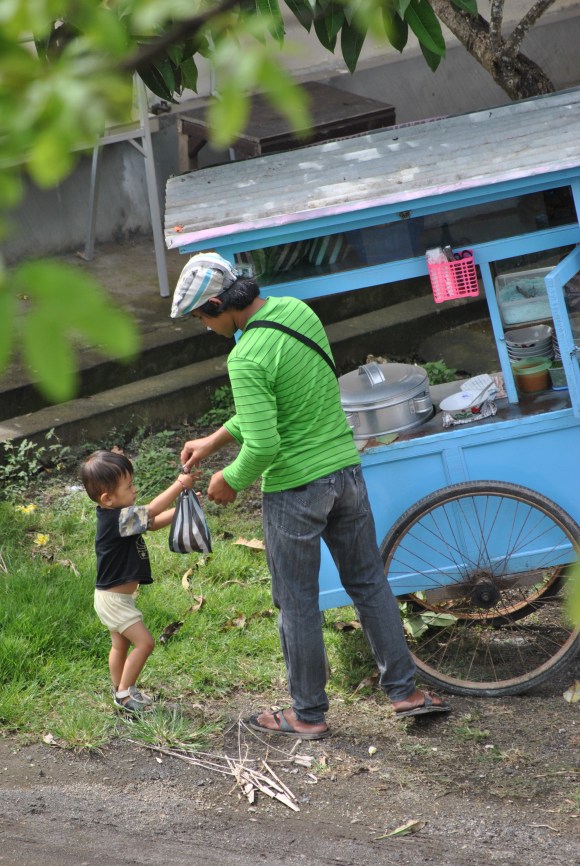
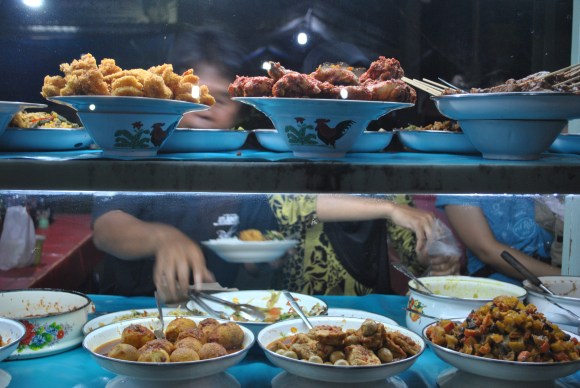
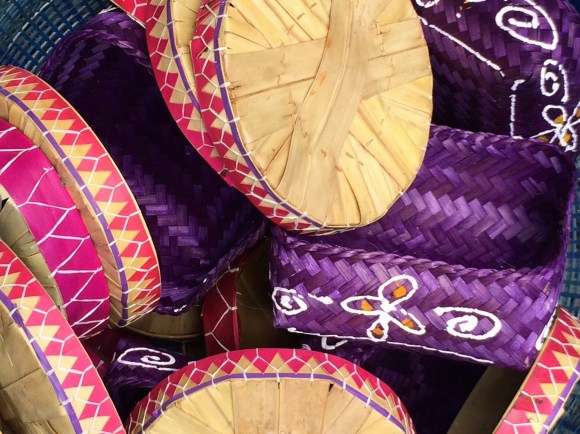
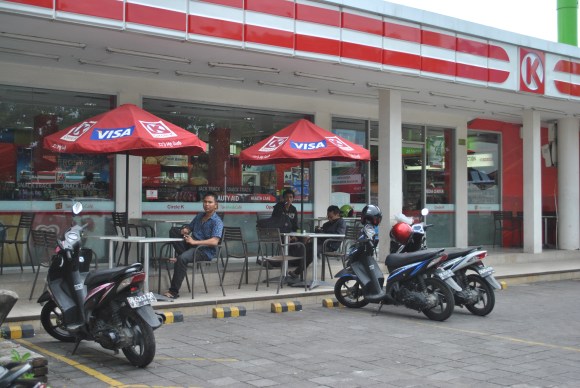
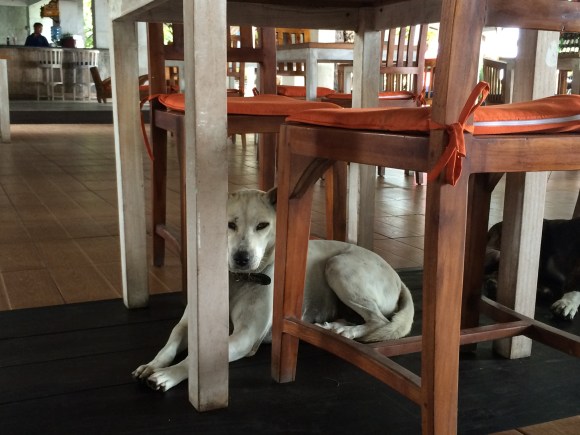


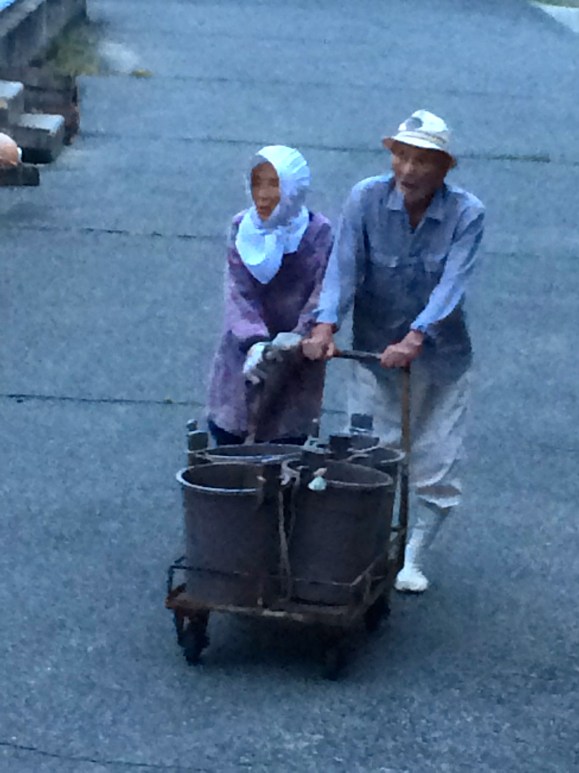
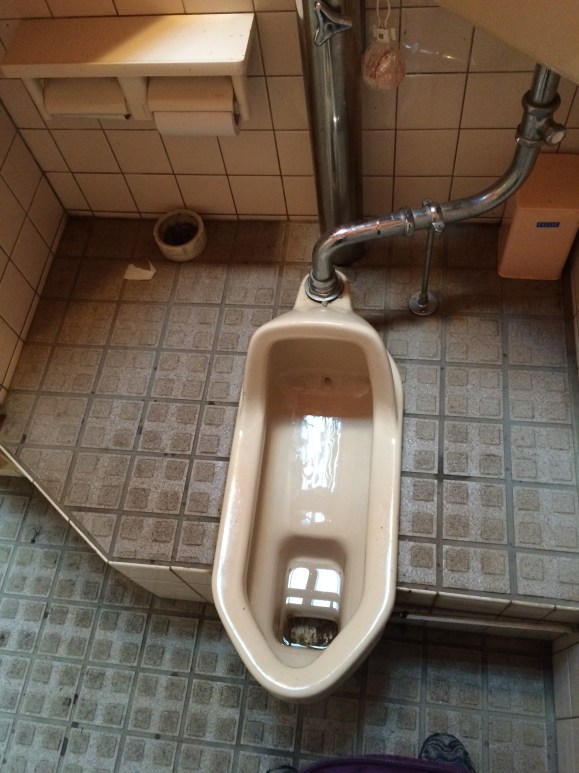
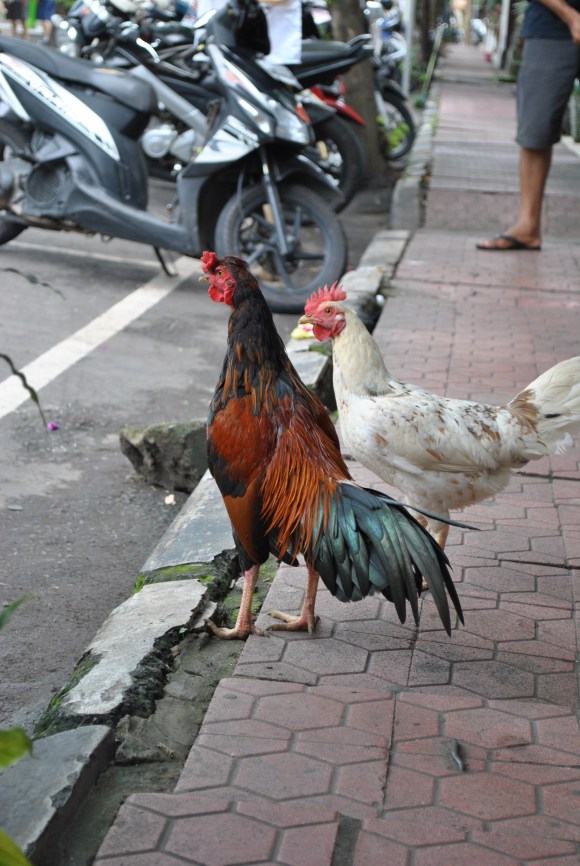
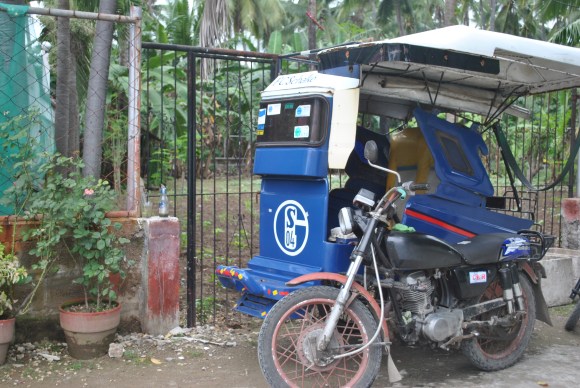
 We go on a whirlwind tour of Asia’s night markets without stepping foot on a plane
We go on a whirlwind tour of Asia’s night markets without stepping foot on a plane Japanese sake KitKats feature controversial package design in Australia
Japanese sake KitKats feature controversial package design in Australia Measure Asia’s Air Pollution with a Map Based on the Length of Your Nasal Hair!
Measure Asia’s Air Pollution with a Map Based on the Length of Your Nasal Hair! 10 things Japan gets awesomely right
10 things Japan gets awesomely right Increasing number of Japanese people unable to squat like a yankee
Increasing number of Japanese people unable to squat like a yankee Japanese beef bowl chain Sukiya’s 2026 Smile Box lucky bag basically pays for itself
Japanese beef bowl chain Sukiya’s 2026 Smile Box lucky bag basically pays for itself Should you dip your cake in sake? One Japanese brewer says no, but actually yes【 Taste test】
Should you dip your cake in sake? One Japanese brewer says no, but actually yes【 Taste test】 What did Shibuya really look like after the crowds on New Year’s Day?
What did Shibuya really look like after the crowds on New Year’s Day? McDonald’s unveils latest Black Burger – the Spicy Korean Burger 【Video】
McDonald’s unveils latest Black Burger – the Spicy Korean Burger 【Video】 Melon topped with ice cream: two great Hokkaido tastes in one crazily delicious package
Melon topped with ice cream: two great Hokkaido tastes in one crazily delicious package Japan’s new difficult-to-drink-from beer glass protects your liver, but it’s a brutal experience
Japan’s new difficult-to-drink-from beer glass protects your liver, but it’s a brutal experience 7-Eleven’s edible cat paw proves Japanese convenience store sweets are on a whole other level
7-Eleven’s edible cat paw proves Japanese convenience store sweets are on a whole other level Pikachu-ear engagement rings and Pokémon wedding rings for him and her can now be yours【Photos】
Pikachu-ear engagement rings and Pokémon wedding rings for him and her can now be yours【Photos】 The etiquette rules for visiting Shinto shrines in Japan
The etiquette rules for visiting Shinto shrines in Japan Japan Super Budget Dining – What’s the best way to spend 1,000 yen at beef bowl chain Sukiya?
Japan Super Budget Dining – What’s the best way to spend 1,000 yen at beef bowl chain Sukiya? Starbucks Japan ready to get Year of the Horse started with adorable drinkware and plushies【Pics】
Starbucks Japan ready to get Year of the Horse started with adorable drinkware and plushies【Pics】 Hayao Miyazaki says Happy New Year to Studio Ghibli fans with new art for Year of the Horse
Hayao Miyazaki says Happy New Year to Studio Ghibli fans with new art for Year of the Horse 7 great places to see Mt. Fuji from without having to climb it
7 great places to see Mt. Fuji from without having to climb it We found possibly the quietest Japanese-style hotel in Tokyo’s bustling Shinjuku district
We found possibly the quietest Japanese-style hotel in Tokyo’s bustling Shinjuku district Cup Noodle tries an authentic Jiro-style ramen, but something’s not quite right
Cup Noodle tries an authentic Jiro-style ramen, but something’s not quite right Hello Kitty Choco Egg figures are an adorable trip through three periods of Japanese pop culture【Pics】
Hello Kitty Choco Egg figures are an adorable trip through three periods of Japanese pop culture【Pics】 Japan’s oldest largetooth sawfish in captivity back on display in Mie Prefecture
Japan’s oldest largetooth sawfish in captivity back on display in Mie Prefecture Cyberpunk anime meets traditional culture in Ghost in the Shell gold leaf Japanese changing screens
Cyberpunk anime meets traditional culture in Ghost in the Shell gold leaf Japanese changing screens The best Starbucks Japan Frappuccinos we want to drink again in 2026
The best Starbucks Japan Frappuccinos we want to drink again in 2026 We revisited Sweets Paradise after a decade to see if Japan’s dessert buffet still delivers
We revisited Sweets Paradise after a decade to see if Japan’s dessert buffet still delivers 7-Eleven Japan starts new temporary luggage storage service in over 300 branches
7-Eleven Japan starts new temporary luggage storage service in over 300 branches Disillusionment at Tsukiji’s tourist-target prices led us to a great ramen restaurant in Tokyo
Disillusionment at Tsukiji’s tourist-target prices led us to a great ramen restaurant in Tokyo Starbucks teams up with 166-year-old Kyoto doll maker for Year of the Horse decorations【Photos】
Starbucks teams up with 166-year-old Kyoto doll maker for Year of the Horse decorations【Photos】 Tokyo considering law requiring more trash cans following litter increase in heavily touristed area
Tokyo considering law requiring more trash cans following litter increase in heavily touristed area Tokyo’s Tsukiji sushi neighborhood asks tour groups to stay away for the rest of the month
Tokyo’s Tsukiji sushi neighborhood asks tour groups to stay away for the rest of the month Tokyo event lets you travel back in time, for free, to celebrate 100 years since Showa era start
Tokyo event lets you travel back in time, for free, to celebrate 100 years since Showa era start Sanrio theme park in Japan announces plans to expand into a Sanrio resort
Sanrio theme park in Japan announces plans to expand into a Sanrio resort Japan may add Japanese language proficiency, lifestyle classes to permanent foreign resident requirements
Japan may add Japanese language proficiency, lifestyle classes to permanent foreign resident requirements Stamina-destroying “Paralysis Noodles” are Tokyo’s newest over-the-top ramen innovation
Stamina-destroying “Paralysis Noodles” are Tokyo’s newest over-the-top ramen innovation Survey asks foreign tourists what bothered them in Japan, more than half gave same answer
Survey asks foreign tourists what bothered them in Japan, more than half gave same answer Japan’s human washing machines will go on sale to general public, demos to be held in Tokyo
Japan’s human washing machines will go on sale to general public, demos to be held in Tokyo Japan’s deadliest food claims more victims, but why do people keep eating it for New Year’s?
Japan’s deadliest food claims more victims, but why do people keep eating it for New Year’s? We deeply regret going into this tunnel on our walk in the mountains of Japan
We deeply regret going into this tunnel on our walk in the mountains of Japan Studio Ghibli releases Kodama forest spirits from Princess Mononoke to light up your home
Studio Ghibli releases Kodama forest spirits from Princess Mononoke to light up your home Major Japanese hotel chain says reservations via overseas booking sites may not be valid
Major Japanese hotel chain says reservations via overseas booking sites may not be valid Put sesame oil in your coffee? Japanese maker says it’s the best way to start your day【Taste test】
Put sesame oil in your coffee? Japanese maker says it’s the best way to start your day【Taste test】 No more using real katana for tourism activities, Japan’s National Police Agency says
No more using real katana for tourism activities, Japan’s National Police Agency says Starbucks Japan reveals new sakura drinkware collection, inspired by evening cherry blossoms
Starbucks Japan reveals new sakura drinkware collection, inspired by evening cherry blossoms Updated cherry blossom forecast shows extra-long sakura season for Japan this year
Updated cherry blossom forecast shows extra-long sakura season for Japan this year Japan dominates the list of most visited Google Street View locations in Asia
Japan dominates the list of most visited Google Street View locations in Asia Poll reveals what we already know: Japanese toilets make no sense, confuse us all
Poll reveals what we already know: Japanese toilets make no sense, confuse us all 7 things that surprise a visitor to Laos 【Photos】
7 things that surprise a visitor to Laos 【Photos】 10 things foreigners in Japan notice about Japanese phone culture
10 things foreigners in Japan notice about Japanese phone culture Delightful flavors of Asia now available at Krispy Kreme Doughnuts Japan
Delightful flavors of Asia now available at Krispy Kreme Doughnuts Japan Confessions of a gaijin: 12 things we do that we’d never admit to Japanese people
Confessions of a gaijin: 12 things we do that we’d never admit to Japanese people Top Asian delicacies that many consider kind of gross
Top Asian delicacies that many consider kind of gross Japan’s abysmal ranking for rice consumption even catches Japanese Netizens off-guard
Japan’s abysmal ranking for rice consumption even catches Japanese Netizens off-guard 8 things you should never say to a Japanese person
8 things you should never say to a Japanese person Thai video claiming corruption at the 2014 Asia Games goes viral
Thai video claiming corruption at the 2014 Asia Games goes viral Want to study abroad in Japan but short on funds? The Freeman-ASIA program might be able to help!
Want to study abroad in Japan but short on funds? The Freeman-ASIA program might be able to help! American comedian Jimy Kimmel was blown away by Japan’s bathrooms【Video】
American comedian Jimy Kimmel was blown away by Japan’s bathrooms【Video】 The top 10 instances when Japanese people feel thankful to be Japanese
The top 10 instances when Japanese people feel thankful to be Japanese 10 things Japan gets horribly wrong
10 things Japan gets horribly wrong 10 things one Japanese expat is always sure to stock up on when returning to Japan
10 things one Japanese expat is always sure to stock up on when returning to Japan Mirror, mirror, on the wall, who’s the baldest of them all? Japan top for male baldness in Asia
Mirror, mirror, on the wall, who’s the baldest of them all? Japan top for male baldness in Asia
Leave a Reply